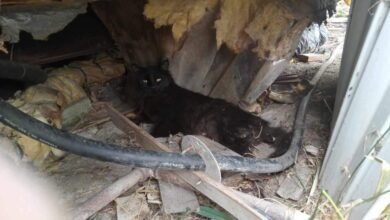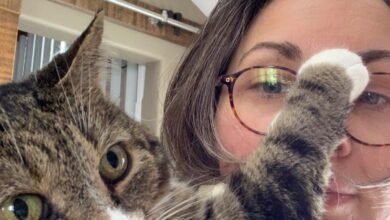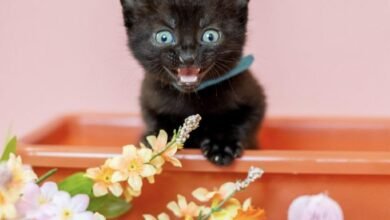Hilo Woman Cited for Feeding Cats in Park Where Nēnē Goose Was Found Dead: Big Island Now

Officers with the DLNR Division of Conservation and Resources Enforcement cited a Hilo woman after spotting her feeding feral cats at Queen Liliʻoukalani Park and Gardens.

Doreen Torres, 66, received two citations for violating the state’s threatened and endangered species laws, which prohibit feeding protected wildlife since nēnē can eat cat food.
Officers alleged that Torres distributed food to feral cats this morning and last Saturday.
DOCARE has stepped up patrols in the park after it was reported last week that a month-old nēnē goose died there. Toxoplasmosis, a disease transmitted through cat feces, is implicated in the death of the goose.
Torres is scheduled to appear in Hilo District Court on June 21. The charges against her are both misdemeanors.
Since the nēnē goose’s death, Raymond McGuire, a wildlife biologist with the DLNR’s Division of Forestry and Wildlife, has taken it upon himself to remove paper plates full of cat food and throw them in the trash several days a week, multiple times. per day.
The state is also working closely with a nonprofit organization to resolve the ongoing conflict between cat feeders and wildlife protectors.

“It’s frustrating because I know the community loves nēnē here. I received many calls from people who were overjoyed at the birth of a nēnē in the park. For a month, they (the Nēnē family) seemed happy and people were happy because they could see wildlife in their backyards,” McGuire said.
McGuire said there is a disconnect between feral cat feeders, who obviously love animals, and their actions that harm and kill wild animals like the nēnē.
“We don’t want to go after them with fines and citations,” he said. But their actions are having a clear effect on our native wildlife and our endangered wildlife. Not just nēnē, but monk seals. And not just toxoplasmosis, but cats attack and eat native birds. We want people to understand that there is a place for these cats. Keep them at home. Never abandon a cat.”
Wildlife managers and the people behind a new nonprofit working on this issue ask, “What do you want in the future. Do you want more cat colonies or do you really want to see native wildlife in your yard?
Jordan Lerma of Nēnē Research and Conservation says his group is trying to change the conversation and bring both animal-loving sides together to find solutions. The nonprofit previously worked to facilitate discussions with cat groups after interactions at Queen’s Marketplace in Waikoloa reached a boiling point.
Heated encounters with officials from the DLNR’s Division of Conservation and Resources Enforcement and dozens of people who regularly fed cats ended with a reduction in interactions between cats and nēnē in the area.
“My main job is as a marine biologist at Cascadia Research,” Lerma said. “We were concerned about the difficulty of reaching segments of the community with good conservation practices. Nēnē are an easy species to connect the community to conservation. I think the feline community is animal lovers and I think they have good intentions. We just need to be able to work together to solve these difficult problems that prioritize native species.
“I think a lot of these people are putting their savings at risk to care for these animals they love. I want to recognize and respect that. We want to facilitate these conversations with local, state and federal officials in order to give these people the resources they need to be able to remove, eliminate or reduce cat interactions with native species.”
Lerma’s group introduced a cat mapping tool to get a better idea of the extent of feral cat populations, estimated at between 500,000 and 1,000,000 cats on Hawaii Island.




